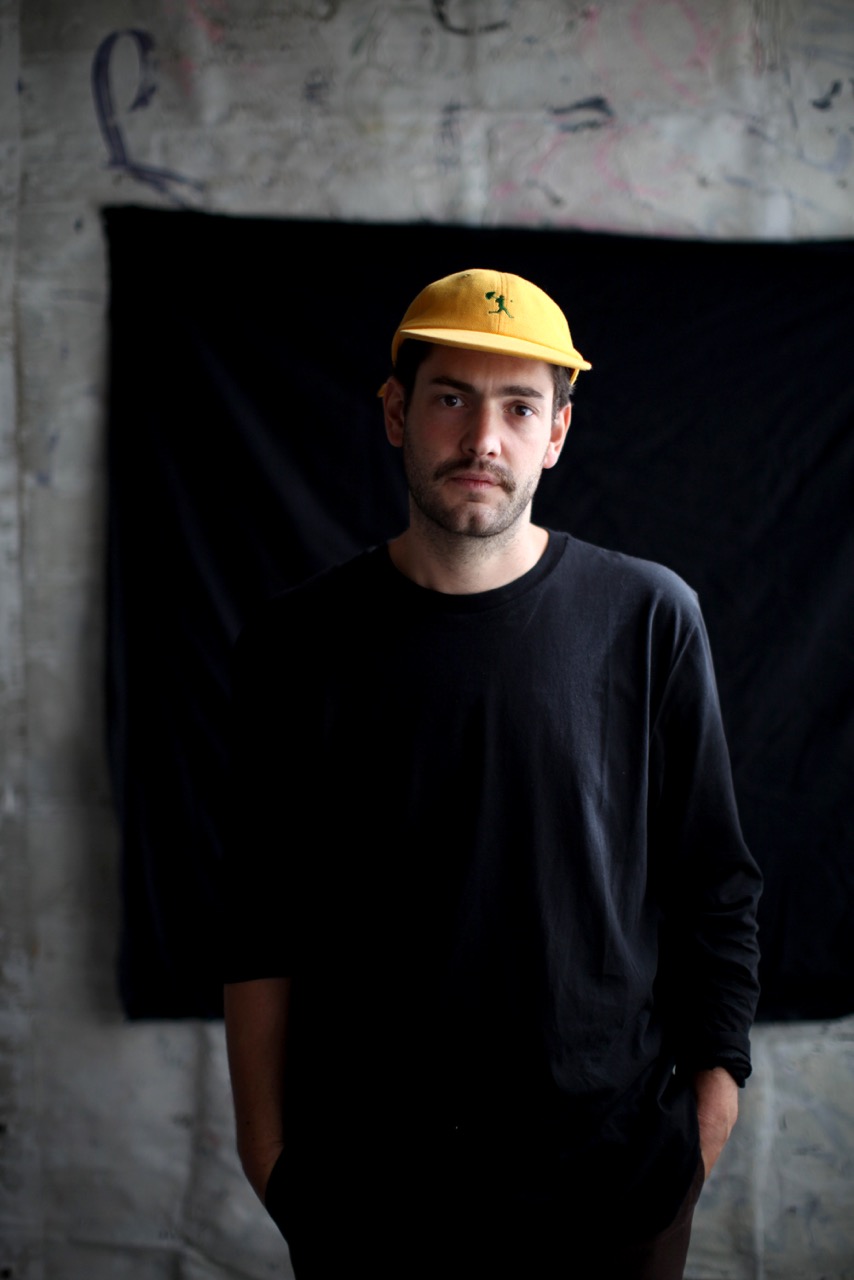Clemens Behr
Clemens Behr (born 1985 in Koblenz) is living and working in Berlin. He studied fine art at Universität der Künste Berlin and has been showing his work in Germany and internationally.
Here is a selection of solo shows: Umfallgestelle / KanyaKage Artspace, Berlin / Germany, 2019; Unsolved Colorless Rubic/ Hidari Zingaro, Tokyo/ Japan, 2019; Cracks in the soft spot / Mini Galerie, Amsterdam / Netherlands, 2018; Docu Docu, Nevven Gallery, Gothenburg / Sweden 2016 ; Association Greenhouse, St. Etienne / France, 2016. And groupshows: Tangency, hase29, Onabrück / Germany, 2018; FestiWall, Ragusa / Italy, 2018; A minimal relief, Nevven Gallery, Gothenburg / Sweden, 2018; Art Safari, Bucharest / Romania, 2018; St.art festival, Mumbai / India, 2017 amongst others.
About Clemens’s edition for leikela:
Wandteppich, woven wall rug in two colors, new life polyester, made in Italy; edition of 5 each color; ca. 140 x 90 cm, 2020. Certificate of authenticity is included. Photo credit: © Miguel Ferraz
From Street to Studio
Enamoured with the unfinished, the incomplete, the unresolved, not with process but potential, not with action but possibilities, Clemens Behr seeks to tease out the beauty of that which has yet to be revealed, the beauty of the what may come and the what may be. Using cheap, everyday materials (such as cardboard, tape, and plastic waste-bags, off-cut wood, lighting fixtures, and gaffer tape), and much influenced by the “junk-aesthetic” of Dada and Merz, Behr’s practice can be seen to materialize in two broad directions; the first, a set of sprawling, site-specific, often ephemeral installations, the second, a series of more permanent, yet similarly fragmentary sculptures and collages. Seamlessly integrating both design and fine art principles in each of these approaches however, merging two and three dimensional space, geometrical and architectural formulae, painterly and sculptural techniques, Behr has formed a body of work set continually in motion, one that he attempts to constantly disfigure and refigure, deconstruct and reconstruct, deform and reform.
The first movement towards Behr’s current aesthetic was his progression from the two to the three dimensional, and his embracement, in this process, of one of the most commonplace of mediums, recycled cardboard. First using this substance in order to produces a set of frames for his two dimensional works (in a characteristically makeshift, impromptu manner), Behr felt that the medium enabled a feeling of endlessly modular possibility, its geometric simplicity perfectly adaptable to any space. Folding and slicing the card sheets in order to construct volume out of flatness, the ephemeral, origami-like assemblages that Behr first created were primarily influenced by his previous training in graphic design – his search for certain shapes and rhythms, certain forms of balance and repose – yet were concurrently guided by the tacit understanding of space he developed through his background in both skateboarding and graffiti. The sculptures Behr produced were thus intrinsically site specific, using the geometrical grammar the medium afforded in order to both mimic and play with the surrounding architecture and simultaneously play with the viewer’s perspective. Yet what soon became increasingly important to Behr was the elements of surprise and chance that this medium seemed to enable, accident and serendipity becoming vital to his output in itself; with few preconceptions prior to practice, always starting his works with no set plan and never sketching prior to commencing, Behr would let the materials compel the work forward, telling him what to place where, instructing him through the chance collision of form and colour.
Since moving to Berlin in 2011, however, where he gained a Masters in Fine Art at the Universität der Künste, Behr’s work has moved away from this earlier reliance on geometry and towards a focus on negative space. Still working almost exclusively with found objects, still working spontaneously and organically, what shifted was an increasingly antagonistic relationship with his materials themselves (an urge toward breaking, ripping, shattering) as well as a new emphasis on both the perpetual incompletion of his practice and the site of the body in relation towards it. These developments can be seen to have been inspired by two figures central to Behr’s evolution, Gordon Matta-Clark and Kurt Schwitters. Not only following Schwitters proclivity towards assemblage, ephemera, found fragments and junk (as was the Dadaistic proclivity), it was his extraordinary Merzbau – Schwitters frankly unparalleled attempt to form a living sculptural artwork within and from his Hanover home (a project later instituted in in Lysaker, near Oslo, and in Elterwater, Cumbria) – that can be seen as most immediately influential on Behr. Rather than it simply being the combined precarity and enormity of the Merzbau that Behr aimed to emulate however, it can in fact be seen to be its innate imperfectness, Schwitters refusal to ever finish his masterpiece, his refusal to ever conclude his search for new compositions that is key. For Behr, this is, today, perhaps the critical disposition: All his work is considered incomplete, all ready to be reassembled and reconstructed. All of it contains the rich, never-ending possibility of reformulation. The final composition of forms, shapes and colours thus merely acts as a resting point in a much larger process, the work always containing, for him at the very least, a sense of the rough draft, a notion that it is forever under construction. In a similar manner, Behr’s reverence for the work of Matta-Clark can be seen to emerge not simply through the importance of his deconstructivist aesthetic, his pioneering manner of dissecting and dismembering architectural space (which is of course hugely significant in Behr’s practice), but rather via the importance that Matta-Clark placed on the physical body within his work. Often alluding towards Matta-Clark’s final piece, Circus—The Caribbean Orange produced at the the Museum of Contemporary Art in Chicago in 1978, this work, as with all of his so-called “anarchitecture”, was meant to be physically encountered, to be walked through and engaged with, to be corporeally experienced and felt. Whilst Matta-Clark’s films and photos are thus hugely significant (and tell us much about his own thought processes and influences), they fail to capture the radically disconcerting nature of his work, the way his actions attacked not just the norms of architecture but our very senses. For Behr, this attempt to distort perspectives, to transform both site and material, is crucial. He wants his work to provoke us, to initiate moments of discomfort and contentment, moments of agitation and composure. He wants us to be in his work, rather than to simply look at it. And what thus becomes pivotal is the way his installations constantly modify both through his own agency as artist, as much as through the ever changing position of the viewer themselves, the viewer who enters and reworks it through their presence. What becomes crucial is the works status as always incomplete, non finito, its status as always in the subjunctive mood.
Text by Rafael Schacter
Portrait © Ana Hop
Other works by Clemens:
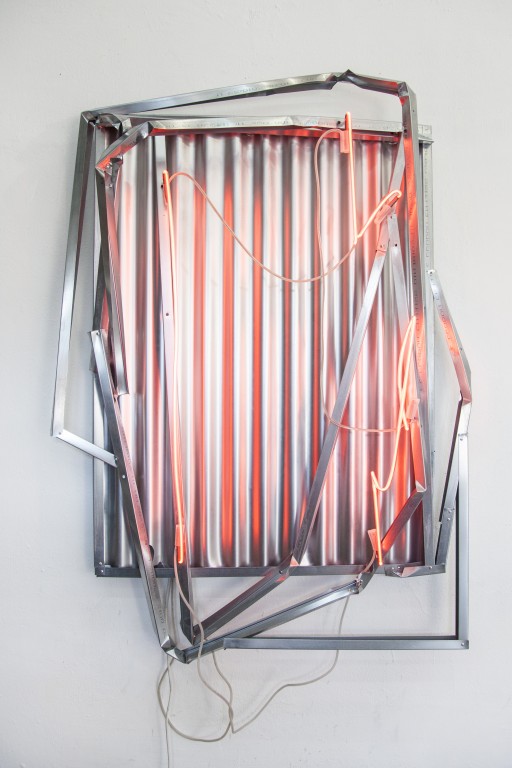
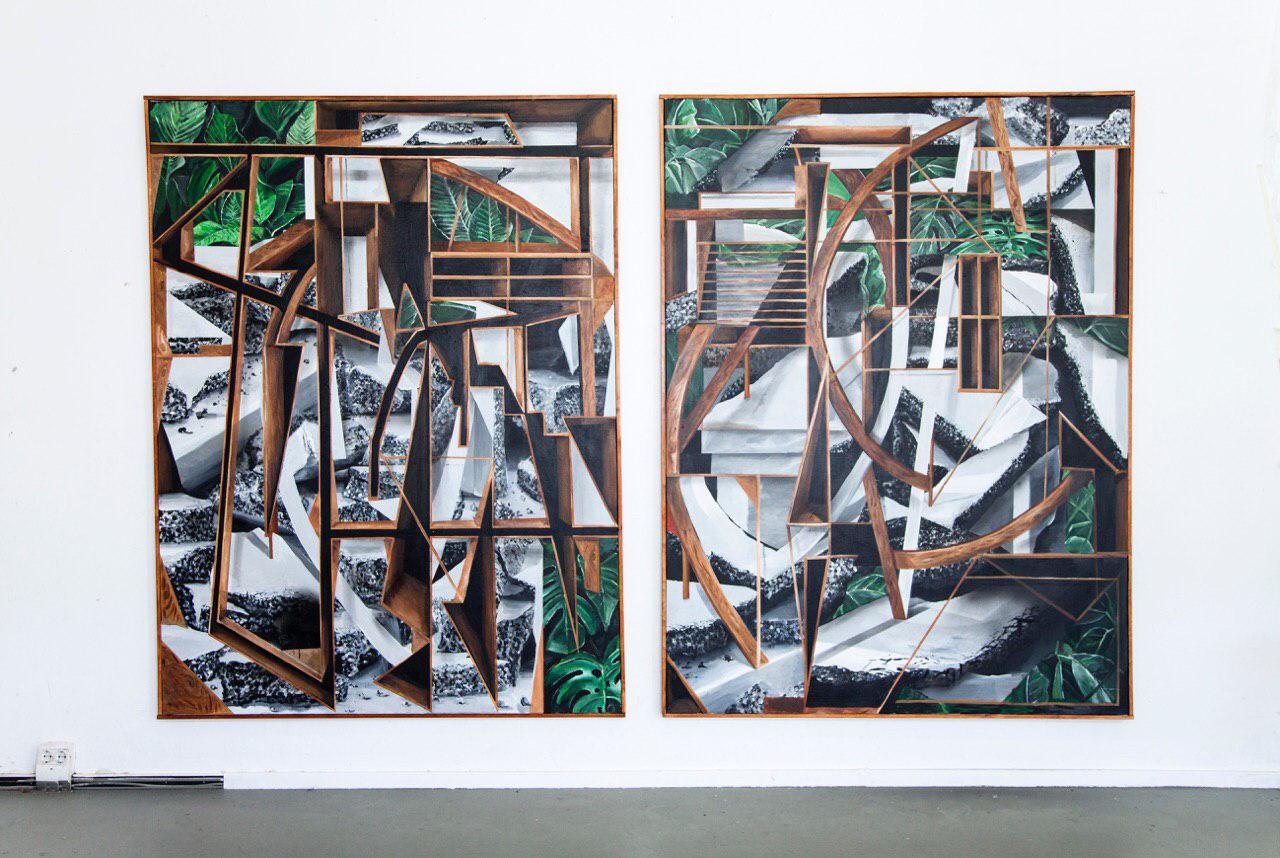
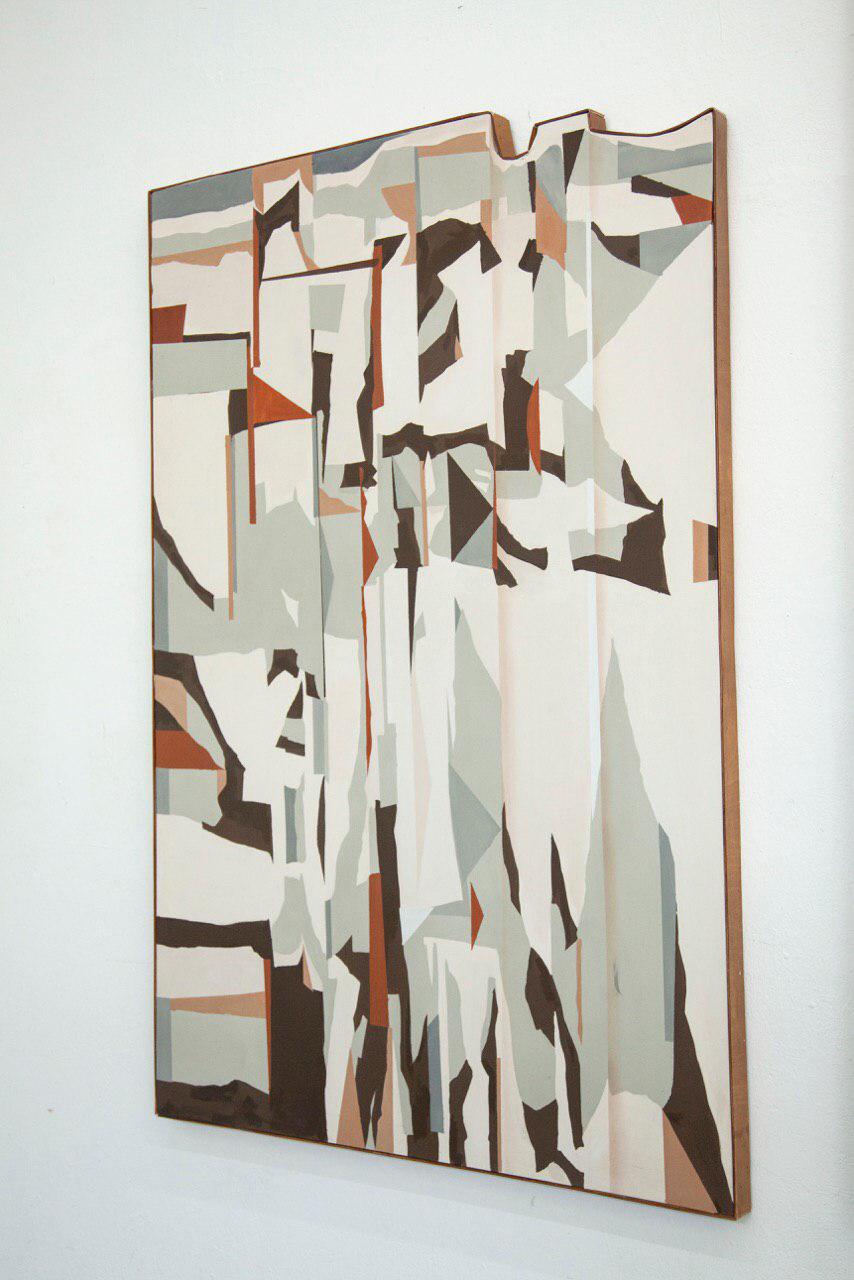
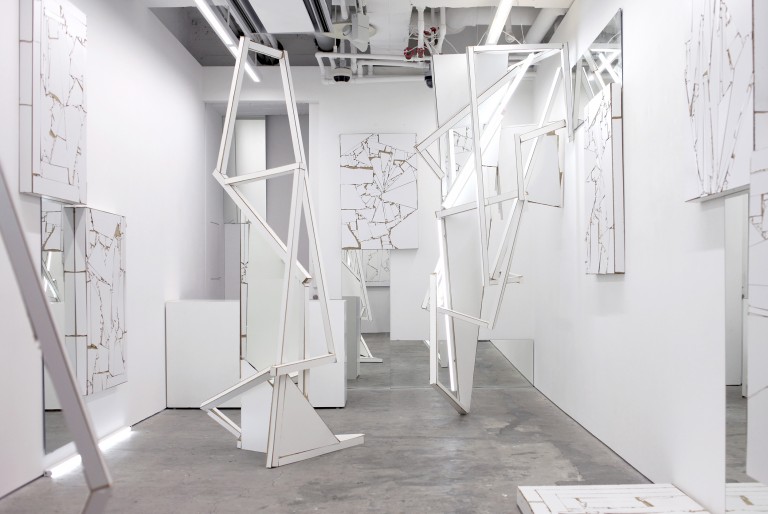
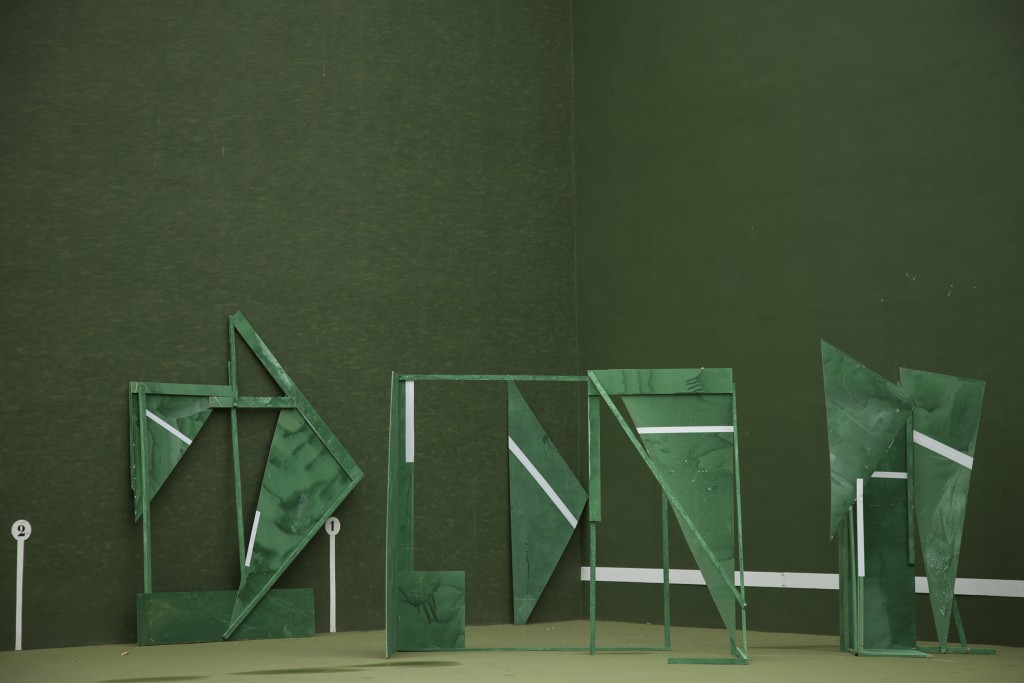
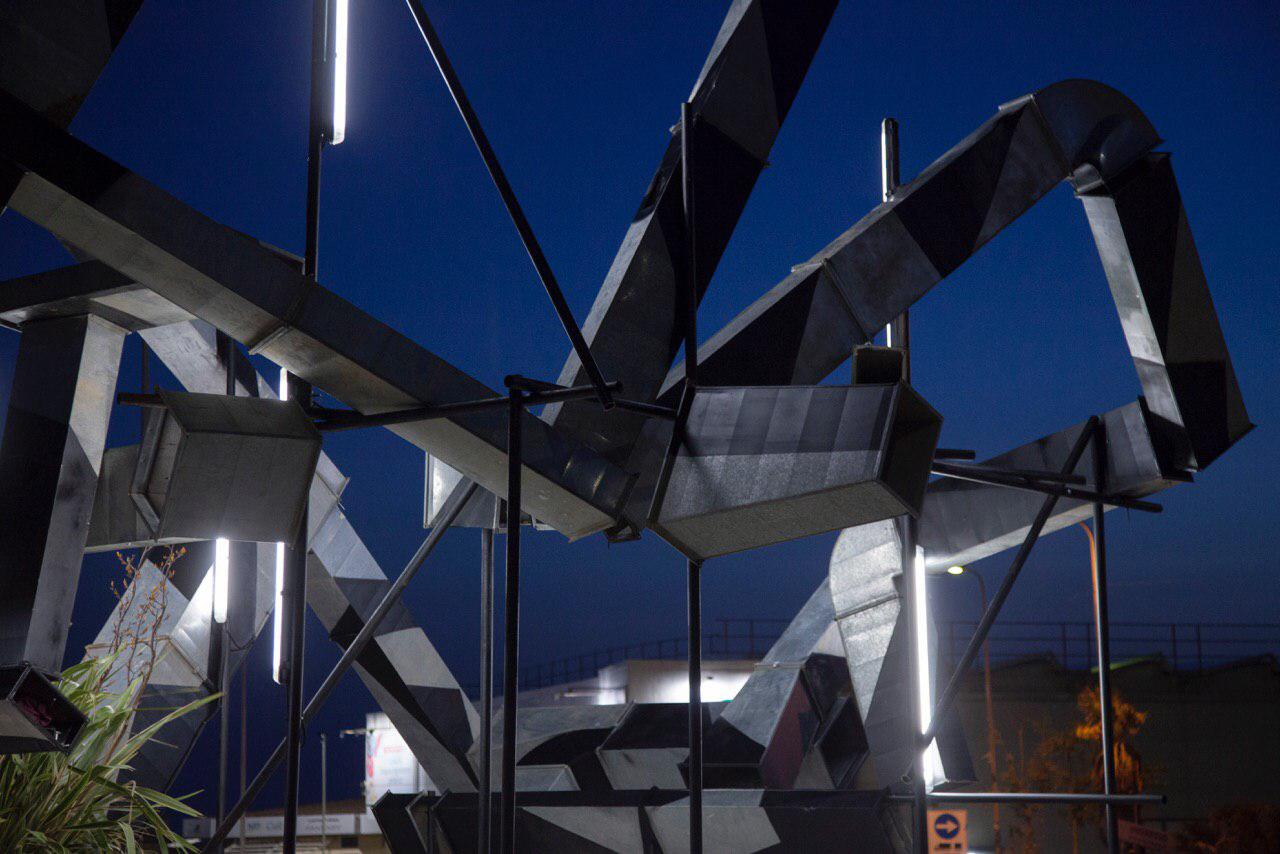
© Courtesy of the artist
More about Clemens’s work:
